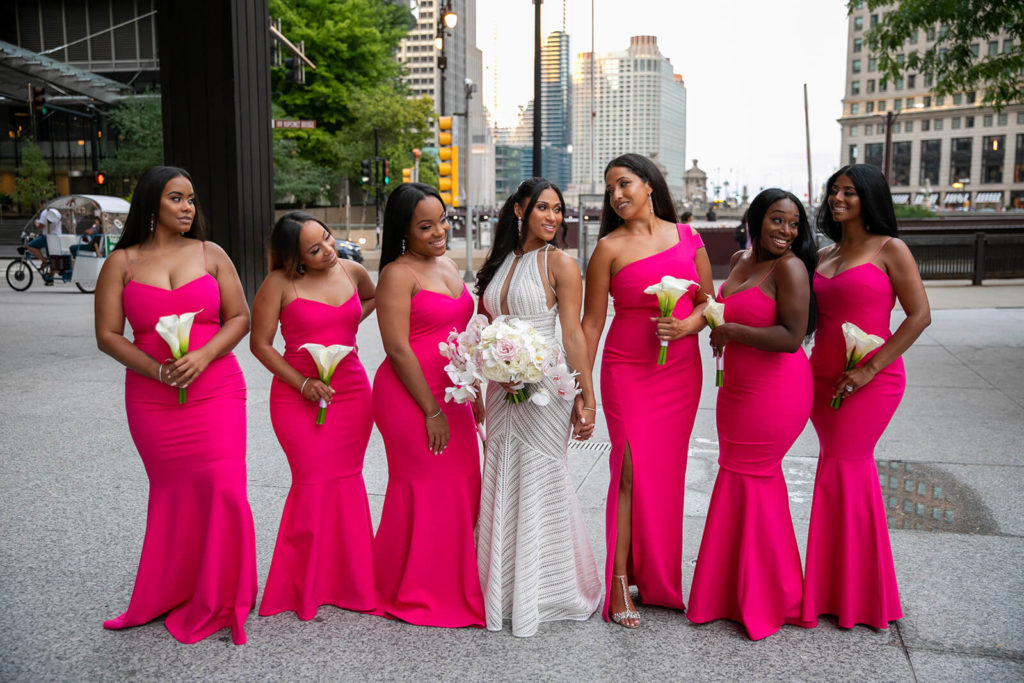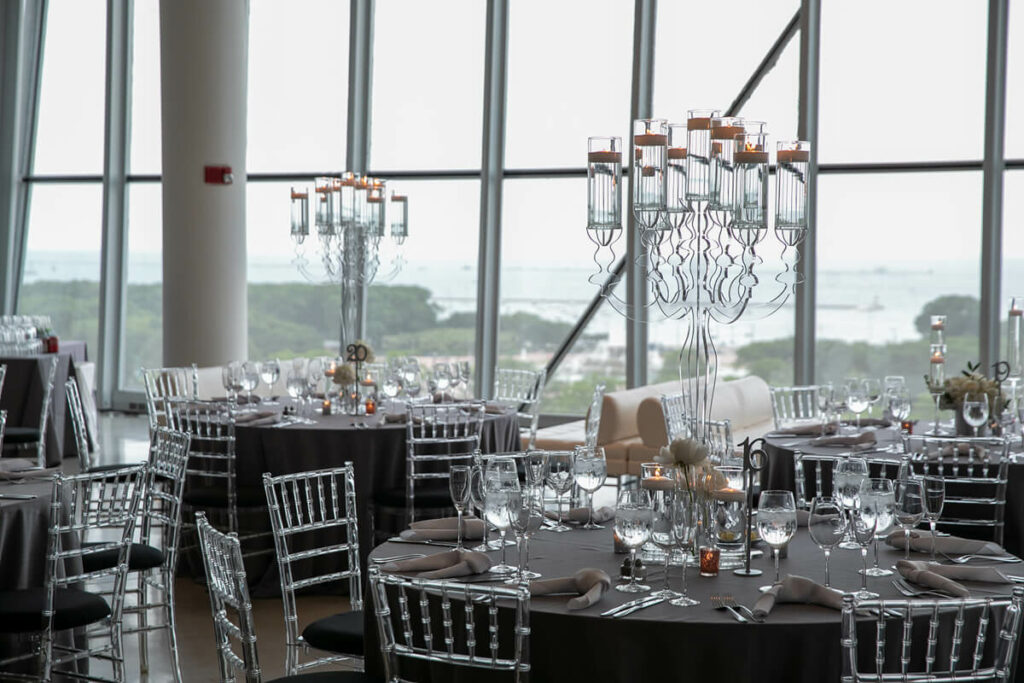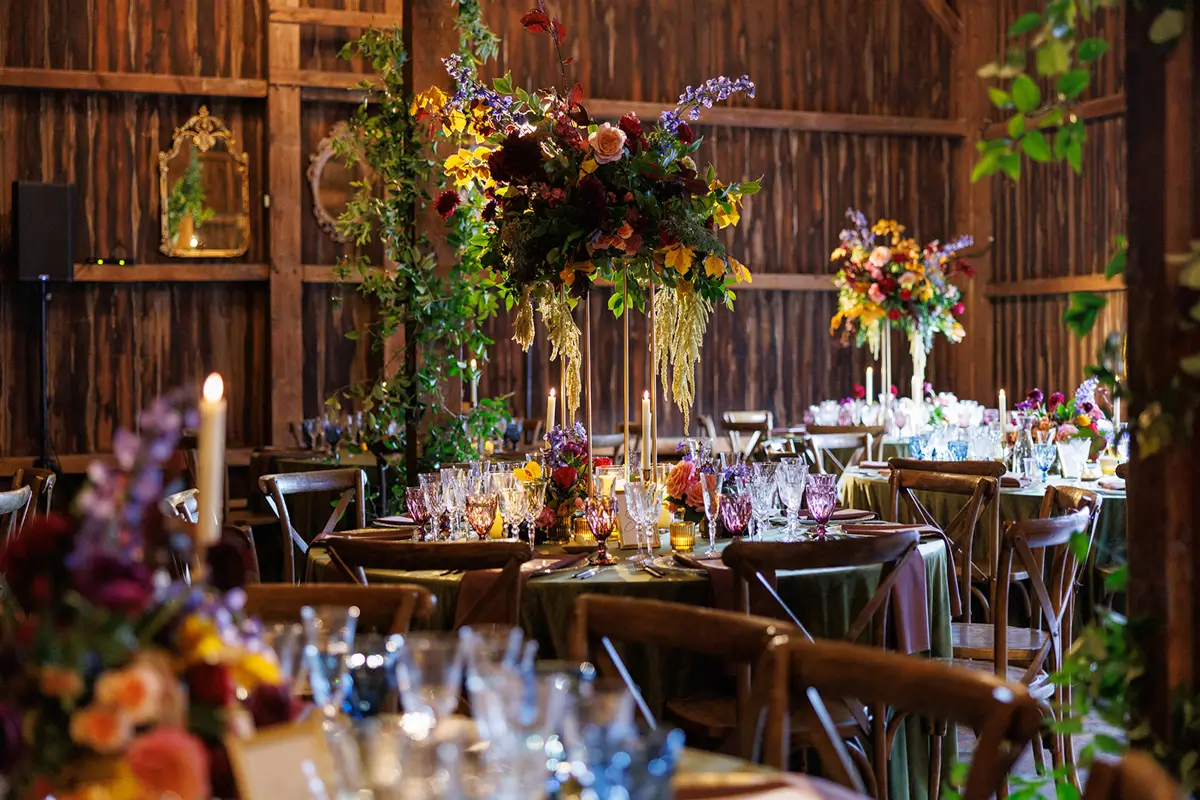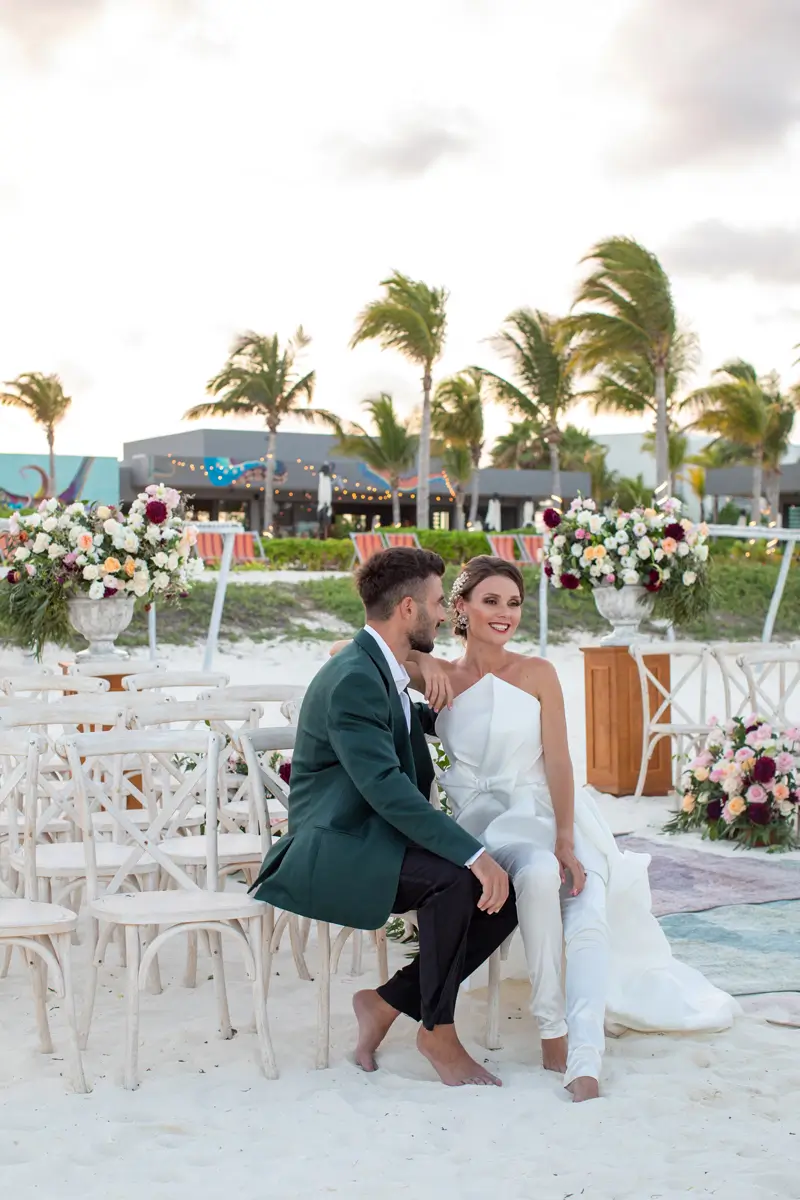
Steps to take after getting engaged
Congratulations on your engagement! So exciting! But now what do you do? Here are the first six things you need to do to get the ball rolling on your wedding planning.
#1: Insure your engagement ring

Unfortunately, accidents happen, and the loss or damage of an engagement ring can be devastating both emotionally and financially. This is where engagement ring insurance comes into play. It covers a variety of scenarios, including accidental loss, theft, damage, or even if you accidentally drop it down the drain or lose it while on vacation. While it’s not something many couples want to think about, the reality is that things do happen, and it’s important to be prepared. Engagement ring insurance typically covers the full cost of replacing or repairing your ring, depending on the coverage you choose. This can provide peace of mind and help alleviate the financial burden of having to replace a lost or damaged ring out of pocket.
#2: Celebrate!

The next thing you should do after getting engaged is celebrate! Whether it’s a dinner, a small gathering, or an engagement party, take some time to enjoy this special moment with your partner and share the news with your loved ones. It’s a chance to share the excitement and joy of your engagement with your loved ones and start your wedding planning journey on a positive note.
#3: Set a Budget
The dreaded “b” word! Setting a budget early on will help you make informed decisions about all aspects of your wedding planning. It’s important to have a realistic idea of what you can afford before you start making any major decisions. Begin by sitting down with your partner and discussing how much you’re willing and able to spend on your wedding. Consider factors such as your income, savings, and any contributions from family members. Although money isn’t the most fun thing to talk about, it’s a critical starting point. Once you have an overall budget in mind, a wedding planner can help with breaking it down into categories (such as venue, catering, floral and decor, photography, etc.), as well as sticking with your budget. With a solid budget in place, you can make informed decisions and enjoy the wedding planning process without the stress of overspending.
#4: Decide When You Want to Get Married

Don’t need to pick an exact date just yet! However, making a decision with your partner about what time of the year, and how soon, the two of you would like to get married is something to discuss early on. The season you choose can affect everything from the venue, to the attire, to the overall vibe of your wedding. When making this decision, consider factors such as your budget, the weather, and your personal preferences. Spring and summer are popular choices for weddings, as the weather is warm and sunny, and there are many outdoor venue options available. Fall weddings are also popular, with the beautiful foliage providing a stunning backdrop for your big day. Winter weddings can be romantic and cozy, with the option to incorporate festive decor and warm drinks. Keep in mind that certain times of the year, such as holidays or peak wedding season, can come with higher prices and more competition for venues and vendors. Ultimately, the time of year you choose to get married should reflect your personal style and preferences as a couple.
In regards to how soon; the “rule of thumb” is about 12-18 months after the engagement – although you and your partner need to decide what’s best for you.
#5: Create a Guest List

Although it can be a daunting task, creating a guest list is important to have a rough idea of how many people you plan to invite. This will help you determine the size of the venue you’ll need and goes hand-in-hand with your wedding budget. When creating your guest list, we encourage you to create your A List, B List, and C List. A List guests are the ones you absolutely need to have at your wedding; whether it’s 5 people or 50, these are the individuals you can’t imagine spending your wedding day without. B List guests are the ones you would like to have, but they are one step behind your A List guests. C Lists guests are the ones that would be nice to have, but if we need to cut down on size, this is where to do it. If you’re working with a tight budget, or a smaller venue, having an A, B and C lists helps you draw the line on the size of the guest list. Keep in mind that it’s perfectly acceptable to have a smaller, more intimate wedding; people will understand if they aren’t invited to attend. It’s also important to have a clear communication plan in place, such as sending save-the-date cards and invitations well in advance and providing ample time for guests to RSVP. With a well-crafted guest list in place, you can ensure that your wedding day is filled with the people you love most.
#6: Recruit Your Dream Team

Hiring a wedding planner and team is incredibly helpful during the wedding planning process. A good wedding planner can help you with everything from finding a venue, to selecting vendors, to managing the day-of logistics. They can provide professional guidance, save you time and stress, help you stay on budget, and personalize your wedding. This allows you to relax and enjoy your special day with your loved ones, knowing that all the details (and any fire drills) have been taken care of by a professional.
Happy Planning from the Michelle Durpetti Events Team!





